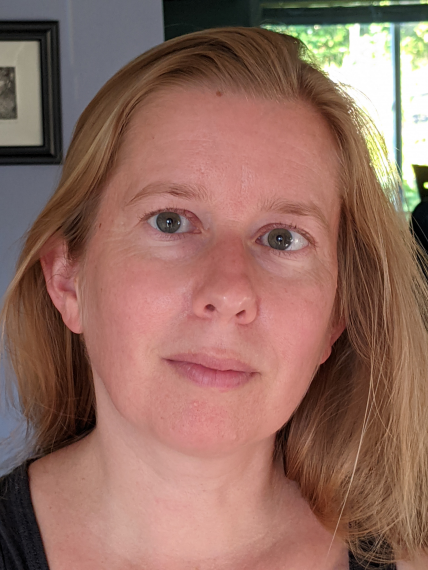This late in November, magic is still in the air. With the Marvel hit Agatha All Along and the upcoming movie musical Wicked, witches are defying gravity in pop culture.
That doesn’t surprise Dr. Cathryn Spence, a history professor at the University of Guelph who studies the socioeconomic history of women from the 14th to 18th century in late medieval and early modern Scotland.

Spence says witches have captivated people’s imaginations for centuries.
“As far back as the medieval times, people of high and low rank were fascinated by witches’ perceived abilities to help and to harm,” Spence says. “However, the major witch hunts took place in the early modern period and were not solely a medieval phenomenon.”
Spence is the instructor of the upcoming College of Arts course Witch Hunts and Popular Culture, which investigates the beliefs that sparked the period of witch hunting.
Spence says the fascination with witches speaks to society’s anxiety for women who do not assume traditional roles.
“What draws people to the stories of witches is how they subverted the social expectations of their time and paid for the suspicion they aroused with their lives,” Spence says. “Approximately 60,000 people — 85 per cent of whom were women — were executed for witchcraft during the early modern witch hunts.”
While Wicked may be a lighthearted form of escapism, Spence says, the recent fascination with witches in media may mirror the current climate of change and uncertainty for women.
“The early modern period was a time ripe for a growth in the fear of witches – and, more generally, evil that could harm God-fearing citizens,” Spence says. “In pop culture, witches wear pointy hats, ride brooms and keep cats as familiars. All of this, historically speaking, is wrong. ‘Real’ witches during the early modern period looked just like anyone else. The most common type of woman believed to be a witch was a middle-aged, middle-class woman.”
Spence is available for interviews.
Contact:
Dr. Cathryn Spence
caspence@uoguelph.ca
